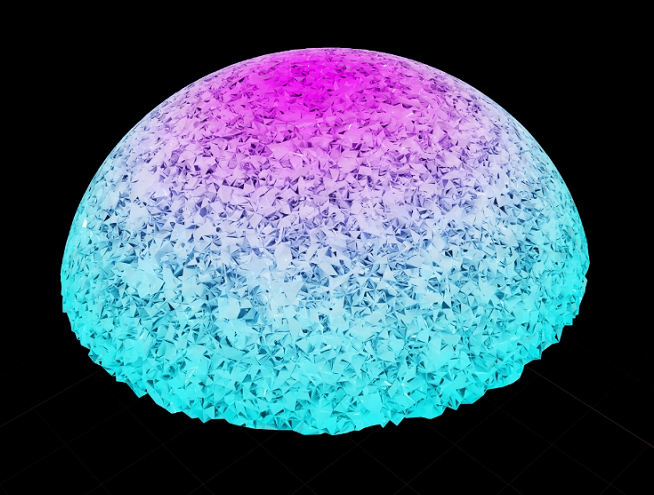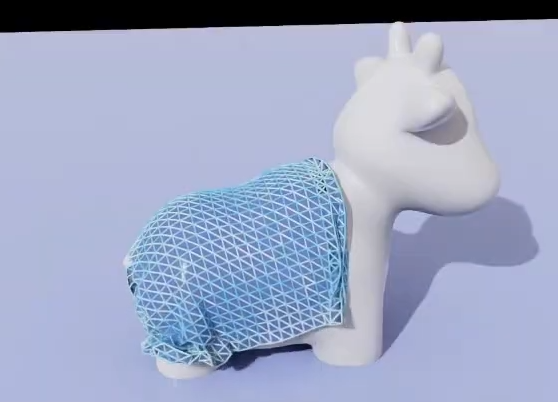Learning Simulatable Models of Cloth with Complex Constitutive Properties
Submitted to 2025 IEEE Major Conference
(Conference details available upon request)
Materials used in real clothing exhibit remarkable complexity
and spatial variation due to common processes such as stitching,
hemming, dyeing, printing, padding, and bonding. Simulating
these materials, for instance using finite element methods, is
often computationally demanding and slow. Here we propose a
general framework for learning a simple yet efficient mass
mass-spring surrogate model that captures the effects of these
complex materials using only motion observations. Our method
achieves significantly faster training times, higher
reconstruction accuracy, and improved generalization to
scenarios where the cloth encounters novel dynamics.
Nvidia Warp
Python
Differentiable Simulation




